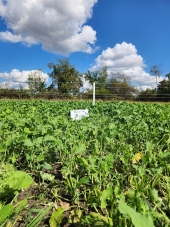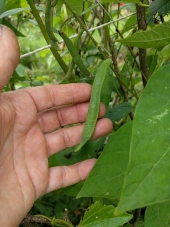If you are interested in support exploring some of the most beautiful places on Earth, check out:
https://www.redwoodrides.com/
A good friend owns the company, and I guide with them as much as I can on the beautiful Smith River in NW California. This is the largest undammed watershed in the lower 48, and has some of the best boating in North America. Ask for me if you want a permaculture oriented guide.
I do more kayak guiding than rafting, but can do both on class 3 and below (main stem and sections of Middle Fork). We have other guides who are better on the big class 4-5 stuff (North Fork, South Fork, and Middle Fork Gorge). I have learned a lot from those guides though, as several are world class boaters who love to share their skills and knowledge. They have helped me get through much more challenging sections than I would have otherwise attempted, and these are some of the most beautiful places I have ever been. I can say with confidence no river has more awesome swimming holes than the Smith.
I also lead bike trips through the adjacent old growth redwoods and coastal forests. I am a solid boater, but I do prefer to stick to class 3 and below on my own. I specialize more in nature interpretation, with experience as a ranger and educator. I also have a master’s in adventure ed focused on wilderness service learning.
I am working on putting together a permaculture oriented river trip and workshop this October in partnership with Redwood Rides, the Wild Rivers Permaculture Guild, and the nature based performance art, activism and empowerment non profit Dirt and Glitter. It will be on the class 1-2 Redwood Run, with a side hike amongst some of the tallest trees on Earth in one of the largest extant areas of old growth and the world’s highest biomass ecosystem.
The Smith river is as beautiful as any I have ever seen. It is an excellent place to observe the dynamics of water, land and life coevolving, with endless lessons for permaculture design. The old growth redwood forest can also teach us a great deal about how to live in a place longterm, as some of the trunks are 2,000yrs old with root systems over 6,000 (as old as the climate has been conducive to their survival). Amidst the redwoods and along the river lies the remnants of the oldest continually inhabited settlement in North America, a Tolowa village 10-12,000 yrs old. The Tolowa, and the Yurok to the south along the Klamath River, stewarded these forests, waters and the fish they support for millennia. They stewarded expanses of unmatched forests and immense fish runs alongside a higher human population density than we have now.
I can only hope to convey a small portion of what I have learned from this place and its stewards, and I learn or notice something new on every trip. I also learn a great deal from guests’ and students’ insights.
If you are interested, let me know!





Sorry, I just had to say it



